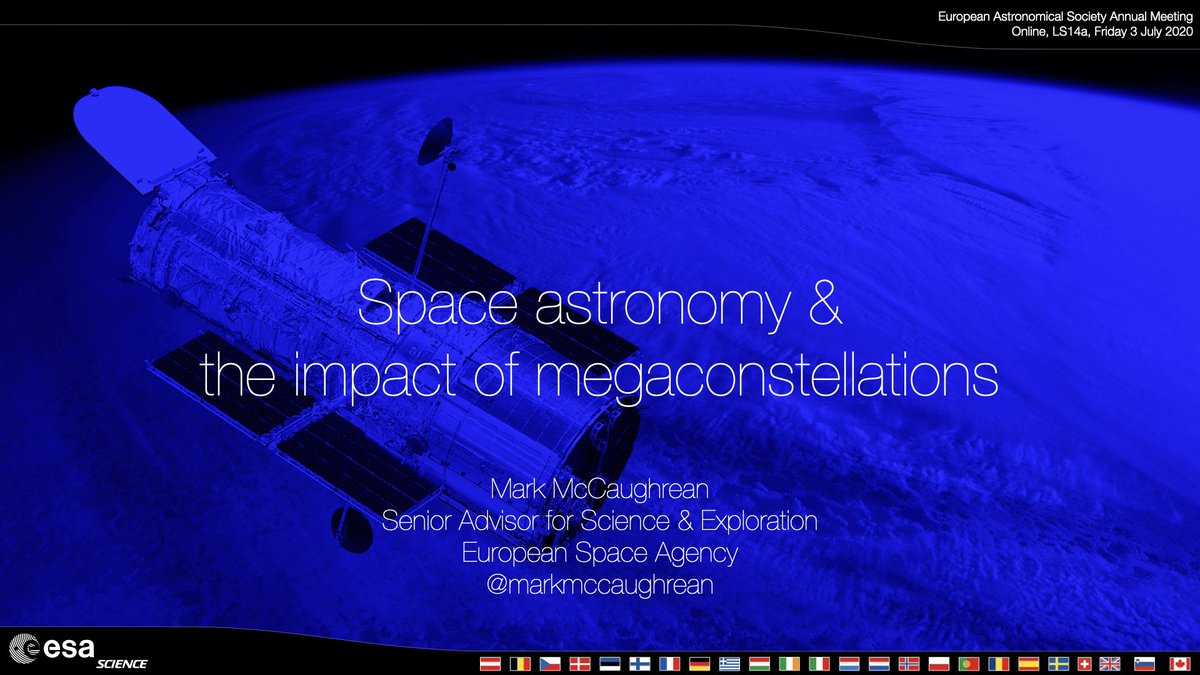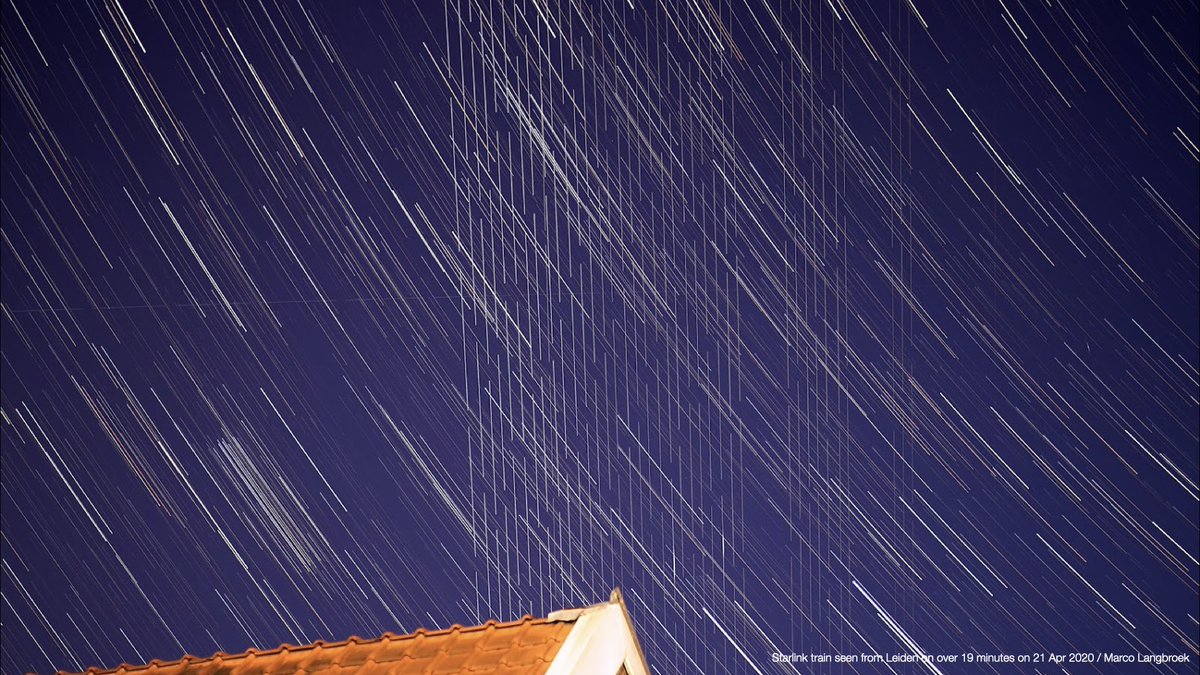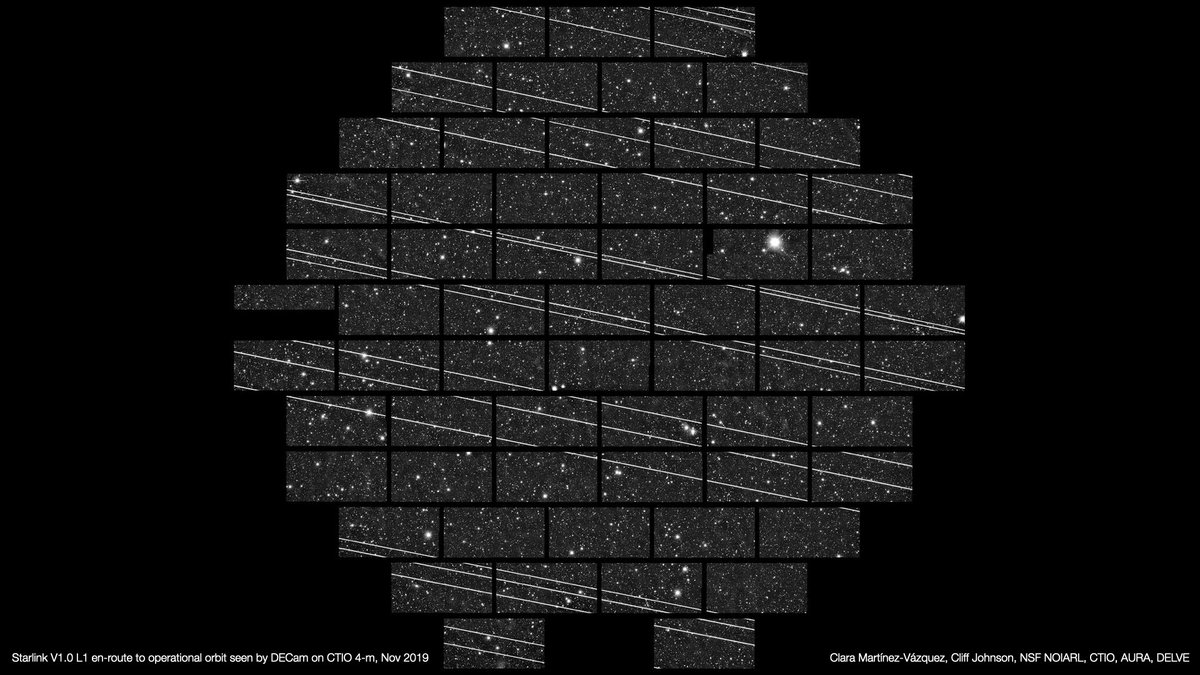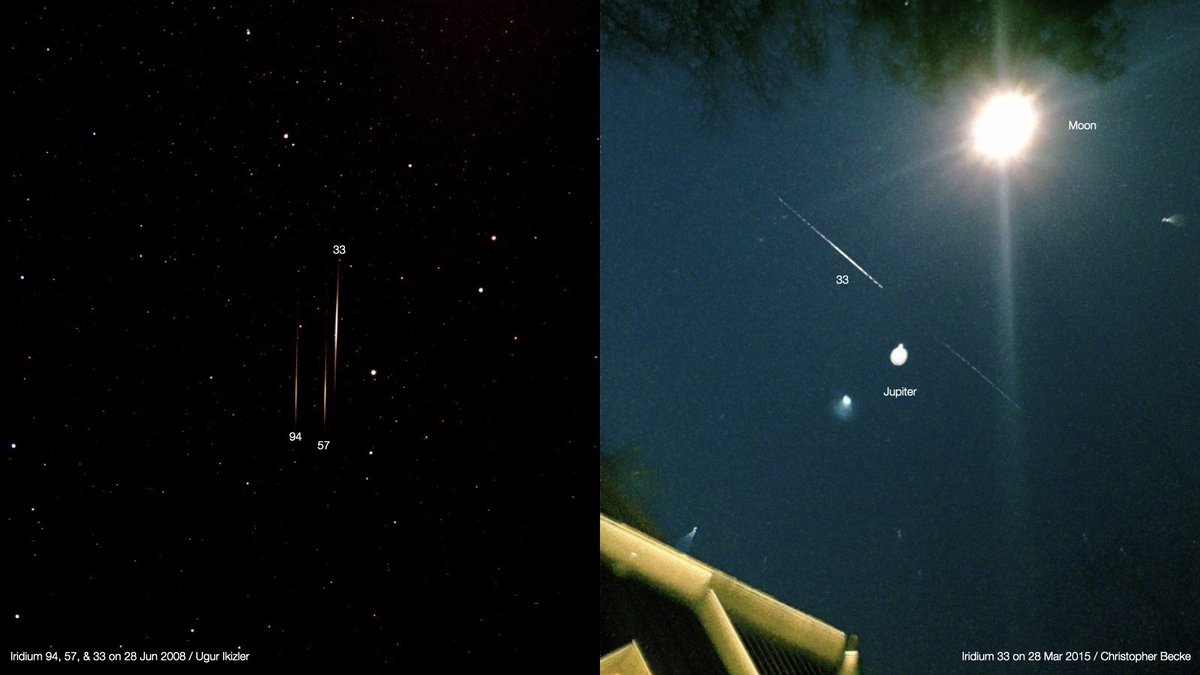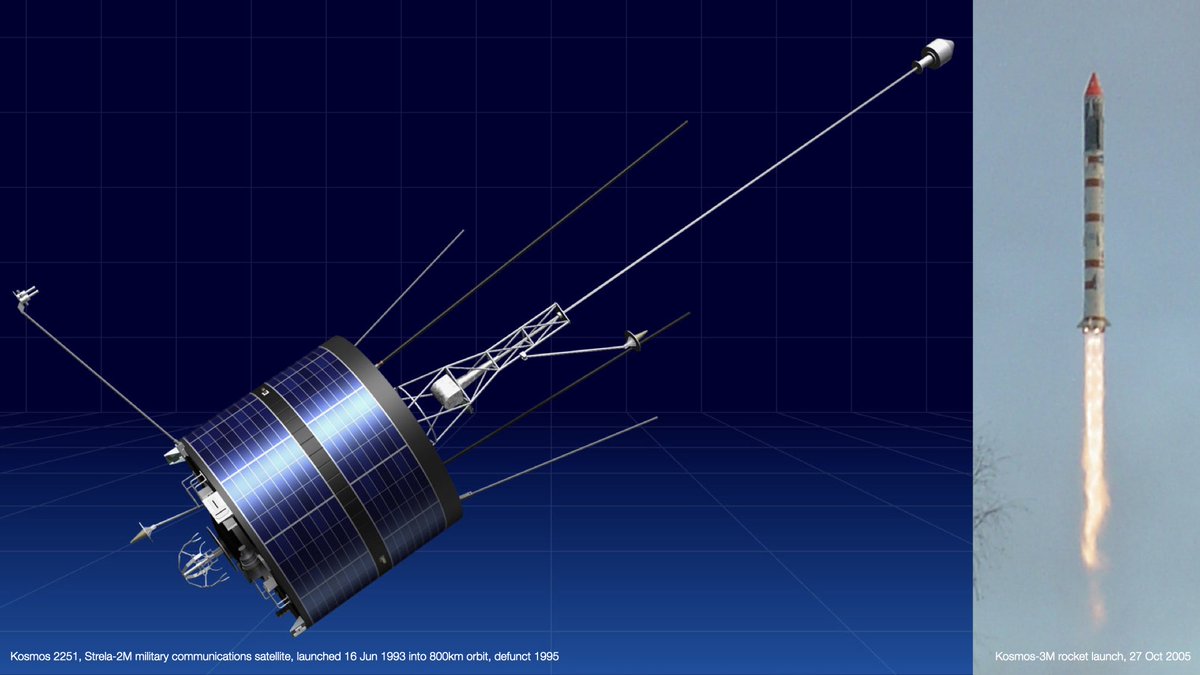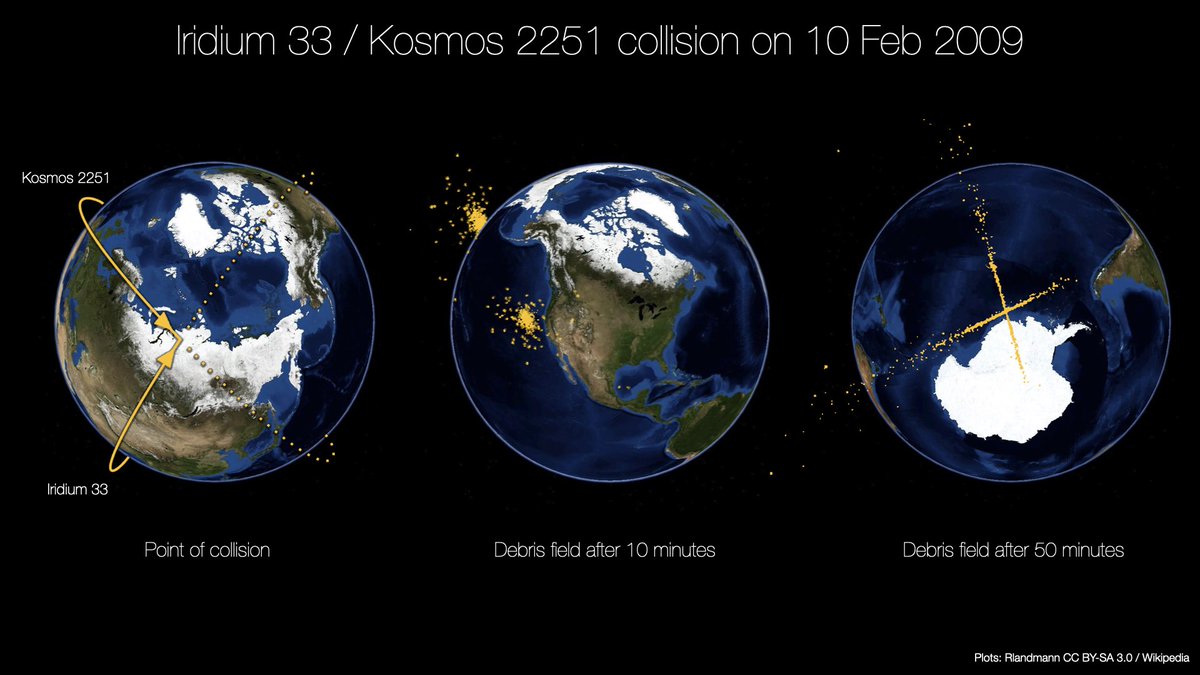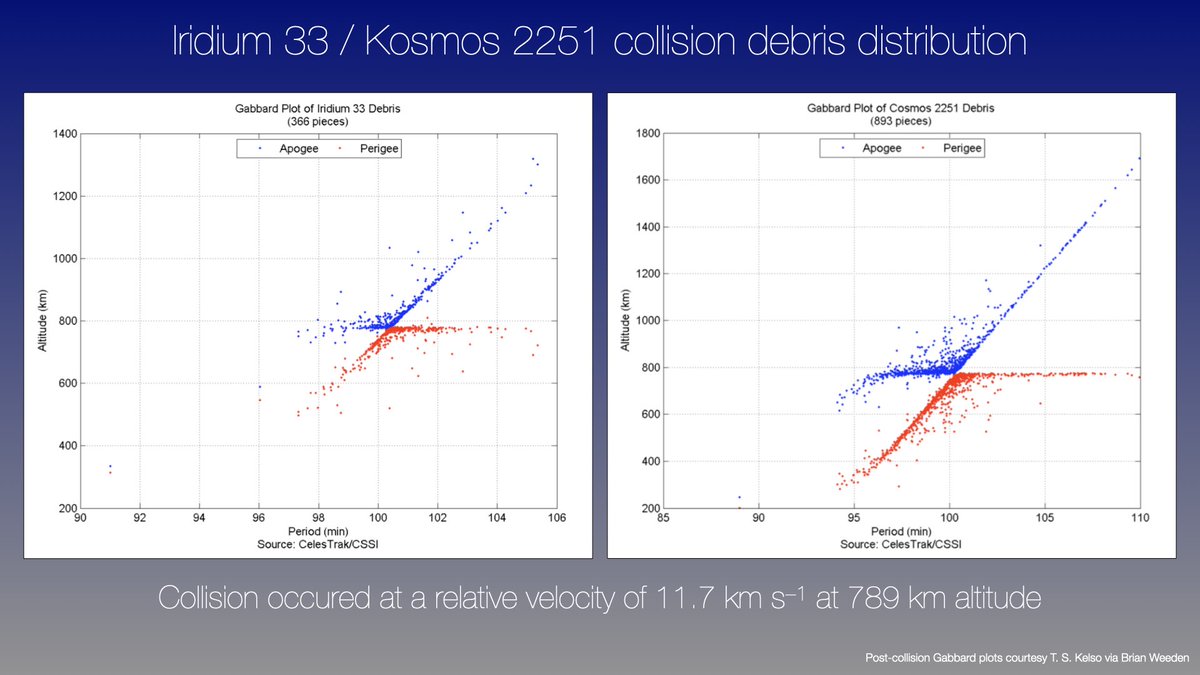
On today’s L+5d schedule for the #JWST mission ops team in Baltimore: deploying the aft momentum flap & rolling back the covers to reveal the folded & stowed sunshield.
The somewhat obscure aft momentum flap deserves a little explanation.
1/
The somewhat obscure aft momentum flap deserves a little explanation.
1/
JWST is a very big spacecraft, its sunshield about the size of a tennis court. That means the solar radiation pressure on it is relatively significant. That provides a small amount of thrust, like with a solar sail.
2/
2/
But if the centre of light pressure & the centre of mass of the spacecraft are offset, then the radiation pressure can also cause a torque, leading to rotation of the spacecraft. This isn’t good if you’re trying to keep the telescope steady to observe a piece of the sky.
3/
3/
This can be counter-balanced using the spacecraft’s reaction wheels. These are heavy disks which can be spun up or down – through the conservation of angular momentum, the spacecraft will rotate in the opposite sense.
4/
4/
JWST has six reaction wheels from Rockwell Collins Deutschland GmbH in Heidelberg. They’re on positioned on orthogonal axes & by controlling their rotation rates, the telescope can be re-oriented to point at different places on the sky.
5/
5/
Star trackers, gyros, the @csa_asc supplied Fine Guidance Sensor, & the fine steering mirror are also part of the pointing & tracking system of #JWST, allowing the observatory to stay fixed on the sky to extraordinary precision, allowing us to make very sharp images.
6/
6/
But back to the solar radiation pressure. As the centre of light & centre of mass are offset in a fixed direction, there will be a tendency for the telescope to rotate one way & the reaction wheels will have to spin ever faster the opposite way to stop it.
7/
7/
Ultimately, the wheels won’t be able to spin any faster & the accumulated angular momentum needs to be dumped. That’s done using propellant – by firing them in the direction opposite to the solar radiation torque, you can spin the wheels down again & start over.
8/
8/
On #JWST, it’s foreseen that these momentum dumps will be needed 1-2 x per week, each time lasting a few hours. And as we obviously only have a finite amount of propellant on-board (it’s also used for orbit maintenance), it will ultimately run out.
9/
9/
So, the more you can limit the angular momentum build-up thanks to solar radiation pressure & the torque due to the offset centres of light & mass, the less propellant you need to use to dump it. And then in turn, the longer the mission can last & do science.
10/
10/
And that’s where the aft momentum flap being deployed today comes in. It is designed as a kind of trim tab, adding a bit more surface area for the solar radiation pressure to work against.
11/
11/
Its size, angle, & location at the end of the aft sunshield pallet is calculated to move the overall observatory centres of light pressure & mass as close together as possible (in the key axes at least), to minimise the torque & thus the angular momentum build-up.
12/
12/
AFAIK, however, this is by calculation pre-flight & the aft momentum flap is deployed to a fixed position – it can’t be actively controlled during the mission. IIRC, this was to avoid the possibility of a motor failing later & putting the AMF in a bad position.
13/
13/
Either way, hopefully I’ve explained why the rather obscure aft momentum flap is a key part of keeping the observatory operating as long as possible, & why astronomers should give its deployment a big thumbs up today if all goes well.
14/
14/
Coda: you might be tempted to ask why this isn’t also a problem for the Hubble Space Telescope, which has been operating for over 31 years & has no on-board propellant system at all. And that would be a good question.
15/
15/
In fact, HST has just the same problem of angular momentum build-up due to solar radiation pressure. It also uses reaction wheels to absorb that & it also needs to dump angular momentum when they have spun up to their limits.
16/
16/
The difference to JWST is that JWST’s ultimate location is 1.5 million km away, needed to let it get cold & be a sensitive infrared observatory.
Whereas HST is in low-Earth orbit, just 500km or so up.
17/
Whereas HST is in low-Earth orbit, just 500km or so up.
17/
That means HST is deep in Earth’s magnetic field, unlike JWST. And through a clever piece of hardware called a magnetorquer, HST is able to hook into that field & dump its angular momentum into it & ultimately into the rotation of Earth. Which is big enough to soak it up 🙂
18/
18/
Because of that, HST has no need to use propellant to dump excess angular momentum, hence its long life. But the flip side to that is that it has no propulsion system to help bring down in a guided re-entry at the end of its life.
Which is a whole other story 🤷♂️🙂
19/19
Which is a whole other story 🤷♂️🙂
19/19
• • •
Missing some Tweet in this thread? You can try to
force a refresh




